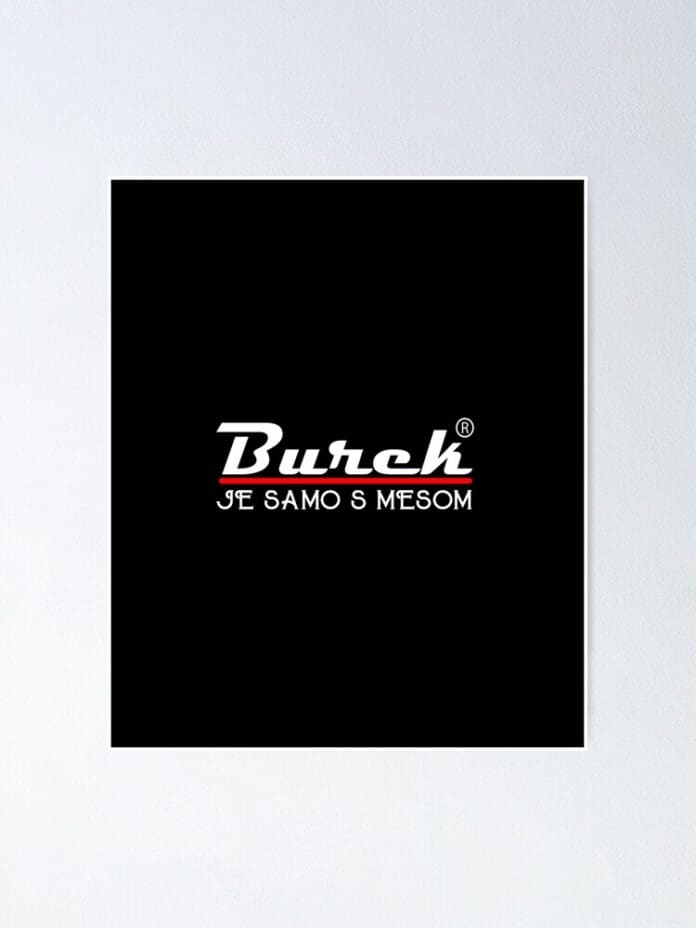Photos: S.Fantov
Walk into any bakery from Sarajevo to Sydney, from Istanbul to Tel Aviv, and ask for burek – chances are, you’ll get a hearty, golden pastry oozing with savoury filling and a side of fierce opinion. Is it with meat? Cheese? Spinach? Potato? What you call it – and how you eat it – might say more about your cultural identity than your passport ever could.
Welcome to the ‘Infinite Balkan Dilemma’, where the only thing more layered than the flaky pastry is the debate around it.


A Dish as Diverse as Its Origins
Burek, or börek in Turkish, is a dish with deep roots in the cuisines of Anatolia, the Balkans, the Middle East, and Central Asia. Its name likely comes from the Turkish word bur, meaning “to twist” or “bend”, which reflects the folding and rolling of thin dough filled with a variety of ingredients. Some argue for a Persian origin (būrek), others for a more poetic etymology shared with regional names like gibanica (from “to wiggle”) or savijača (from “to fold”).
While the Turks may have introduced the börek during the Ottoman expansion, the Balkans made it their own—with Bosnia and Herzegovina taking a particularly purist stance.



In Bosnia: Meat Means Burek, Everything Else is “Pita”
Ask for burek in Sarajevo, and there’s no need to clarify what kind. It is meat. Period. A cheese-filled pastry? That’s sirnica. Spinach and cheese? Zeljanica. Potato? Krompiruša. Mixed fillings? Šareni burek. Together, they’re all called pita—but only one gets the name burek.
This distinction is so strong that a casual mislabelling can spark heated arguments in Balkan communities—even abroad.
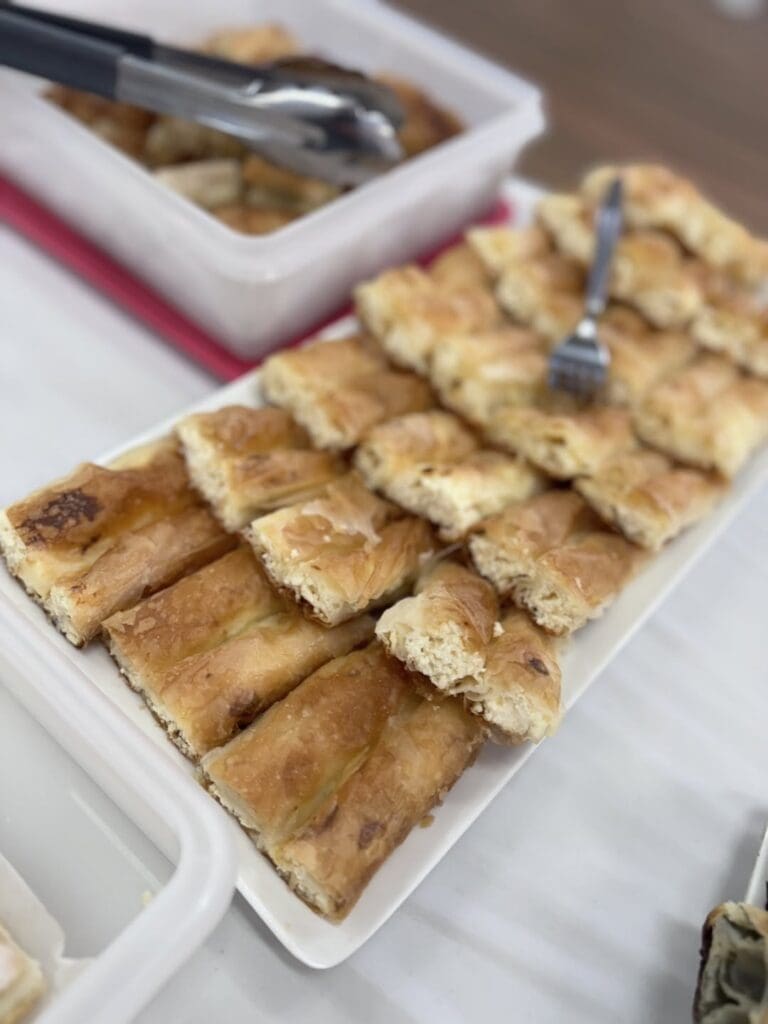
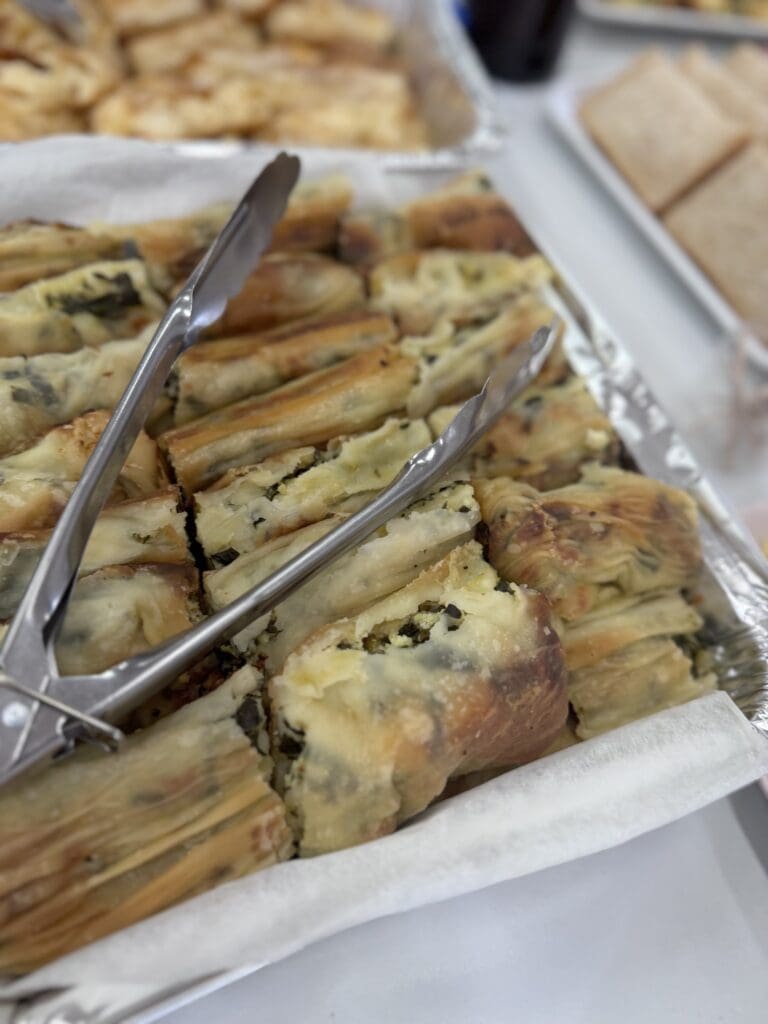
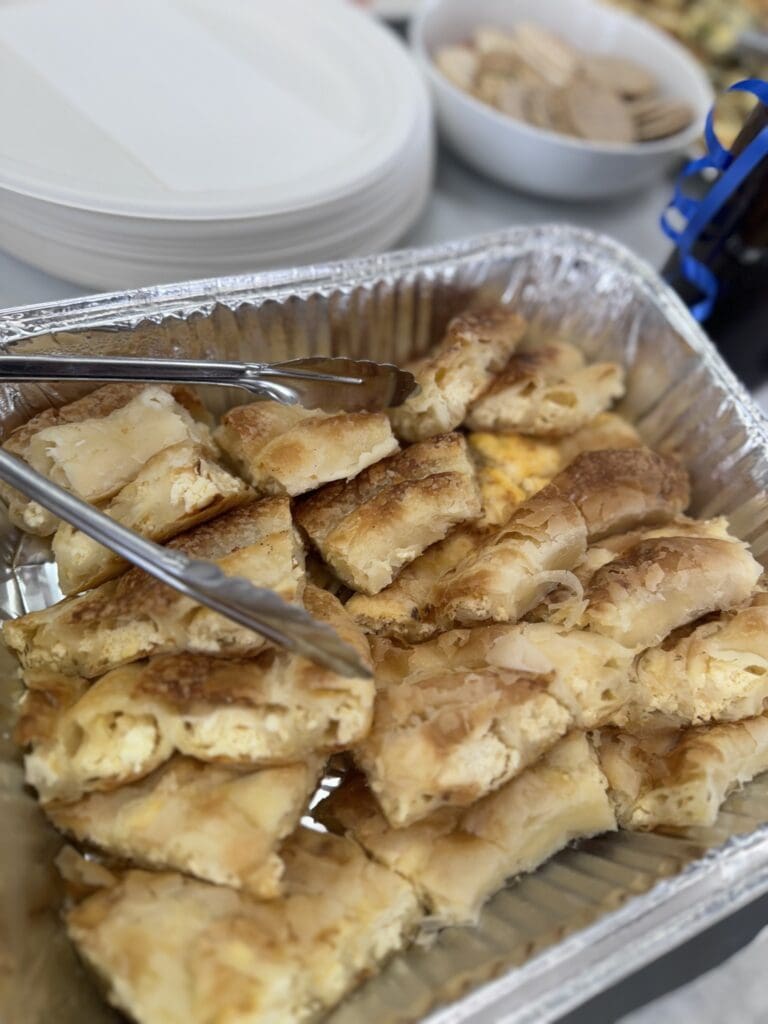
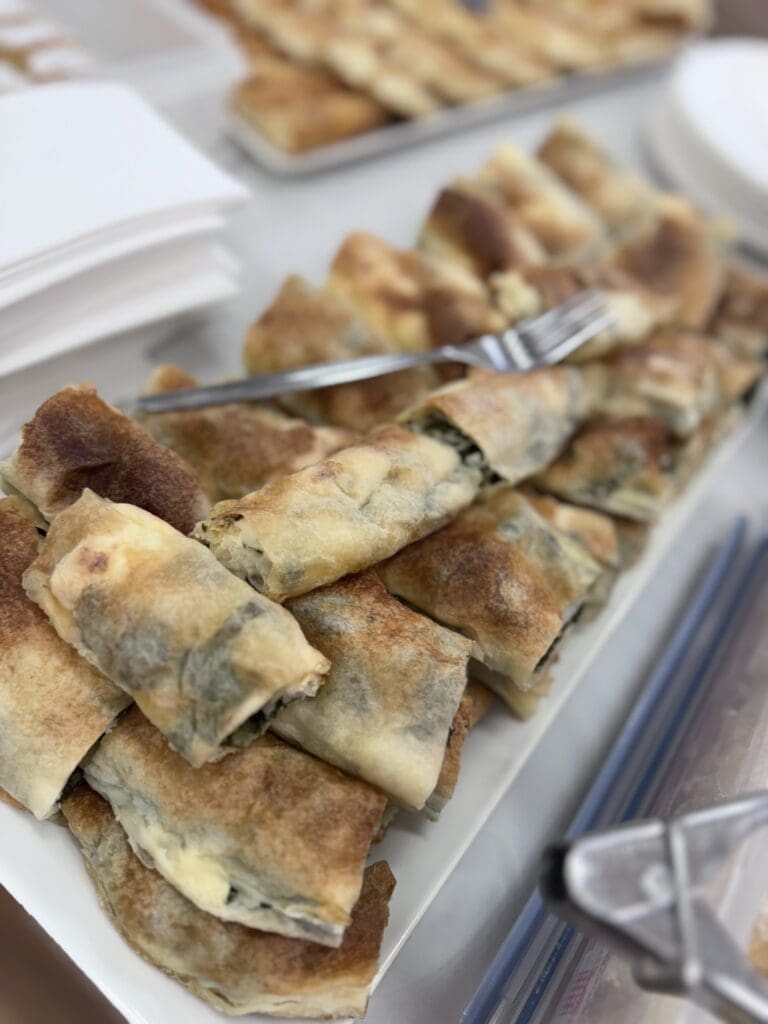
Global Variants with Local Flair
In Turkey, börek comes in many forms—su böreği (“water börek”) is soft and cheesy, like a lasagna without sauce. Kürt böreği is sugar-dusted and filling-free, perfect for a sweet breakfast.
In Greece, bourekia are bite-sized delights made from puff pastry, while in Israel, burekas come in various shapes to indicate their fillings: triangles for cheese, spirals for pizza-style, and rectangles for spinach. Jewish immigrants from the Balkans brought them to prominence, and now they are a bakery staple across the country.
In Tunisia, brik is a thin, deep-fried pastry filled with egg, onion, and herbs—closer to a savory crepe than traditional burek.
From flaky filo to paper-thin hand-stretched dough, no matter the region, this dish has been adopted and adapted with fierce loyalty.



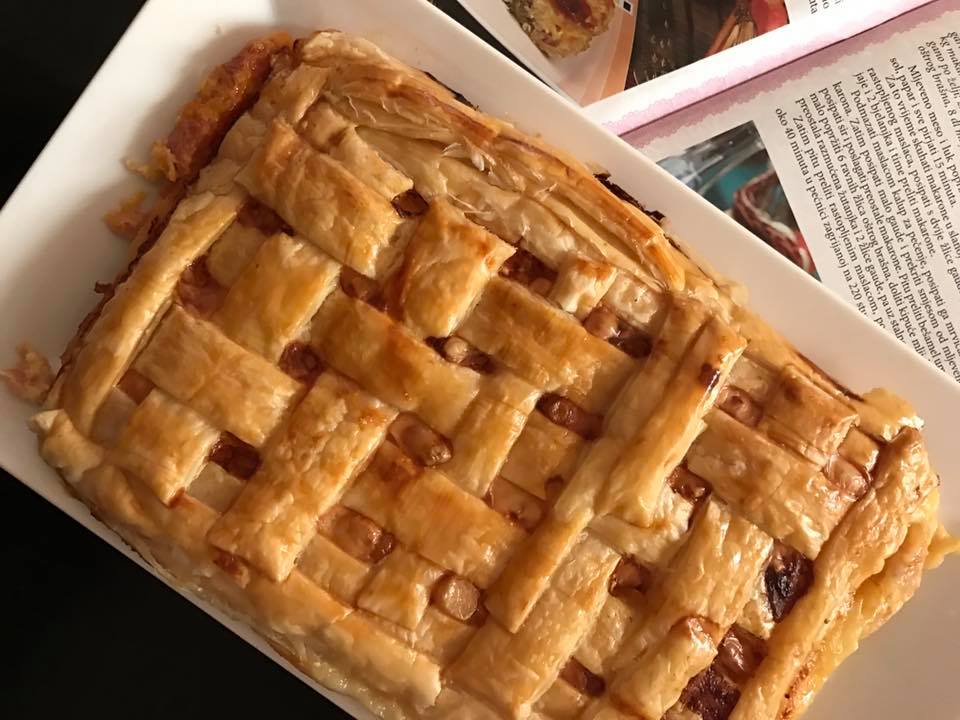
The Great Burek Poll: A Slice of Humour

A recent tongue-in-cheek poll making the rounds on social media asked:
You walk into a bakery. You want burek. They ask: “With cheese or with meat?”
Choose your fighter:
1. Burek is ONLY with meat! Everything else is a pretender.
2. Burek can be anything – meat, cheese, dreams, bad decisions.
3. I don’t care what’s in it, just hand over the pastry and nobody gets hurt.
4. I came here for baklava. Why is everyone yelling?
The responses? Predictably chaotic. But also deliciously unifying. As one commenter put it: “Call it what you want – just don’t come between me and my last piece.”
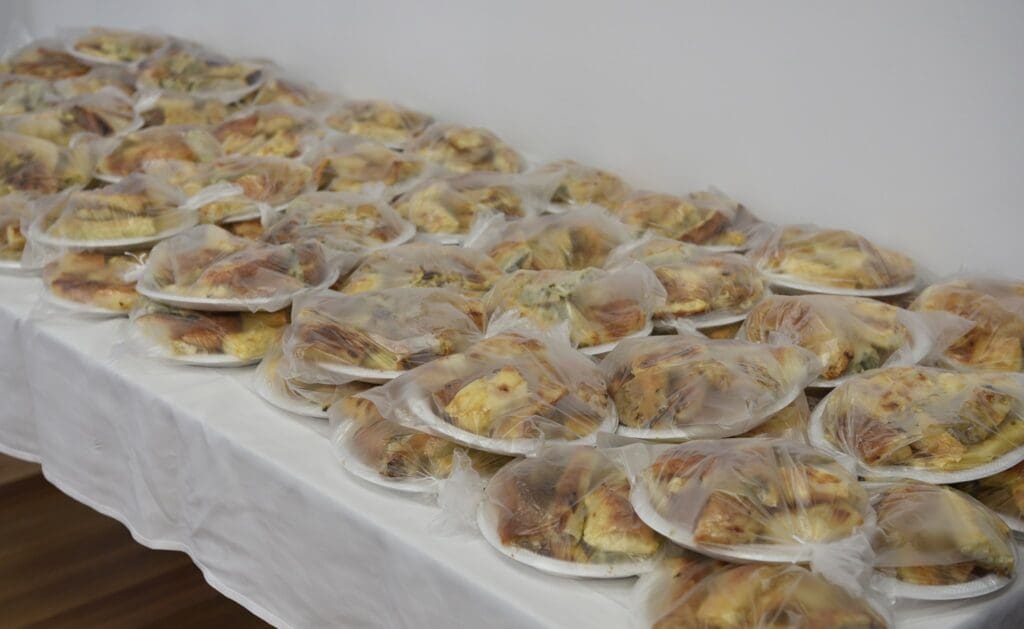
A Taste of Tradition: How to Make Bosnian Burek
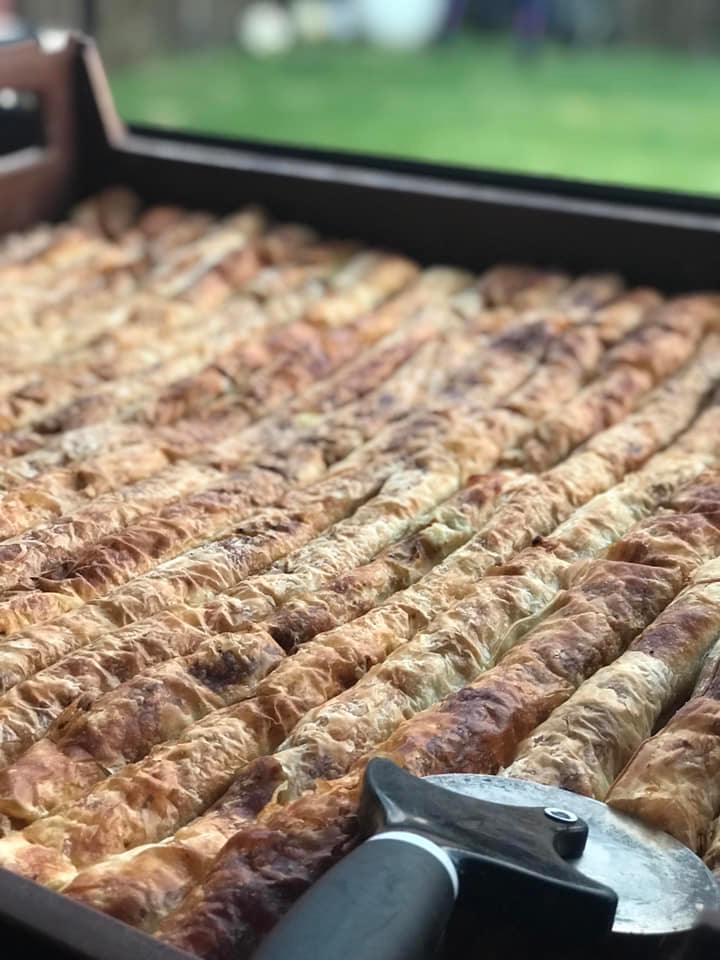
Want to try the real deal at home? Here’s an authentic Bosnian recipe to get you started. You can hand-stretch your dough – or cheat a little with store-bought phyllo. We won’t tell.
Ingredients
For the dough:
500g all-purpose flour
250ml lukewarm water
1 tsp salt
2 tbsp oil
For the filling:
500g ground beef (or a mix of beef and lamb)
2 onions, finely chopped
3–4 tbsp oil or melted butter
Salt and pepper to taste
100ml water (optional, to moisten filling)
Instructions
Prepare the dough:
Mix flour and salt. Gradually add water and oil until you get a soft, elastic dough. Form into a ball, cover, and let rest for 30 minutes.
Prepare the filling: Sauté the onions until golden.
Add the ground meat, salt, and pepper. Cook until done. If it looks too dry, add a splash of water. Let cool.
Roll and fill:
Divide dough into 4–5 balls. Roll each one out thinly—ideally to the point of translucence. Spread filling evenly, then roll up and shape into spirals or lines.
(Alternatively, use store-bought phyllo sheets for convenience. Just layer and fill.)
Bake:
Arrange in a greased tray, drizzle with a bit more oil or butter, and bake at 200°C (390°F) for 30–40 minutes, until golden brown.
Serve: Hot, with a glass of yogurt or kefir on the side. Heaven.

A Cultural Comfort That Crosses Borders
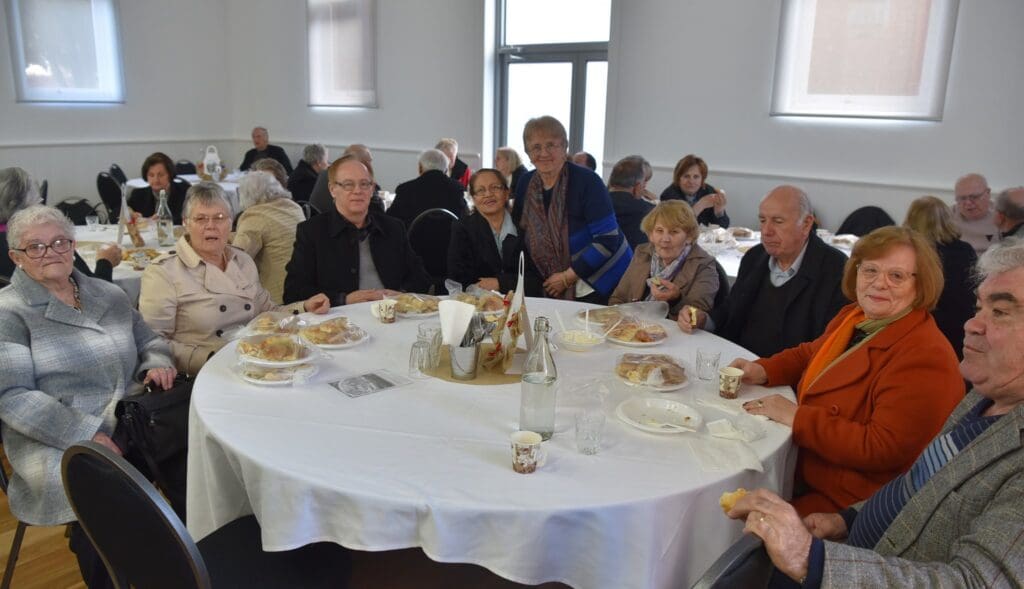
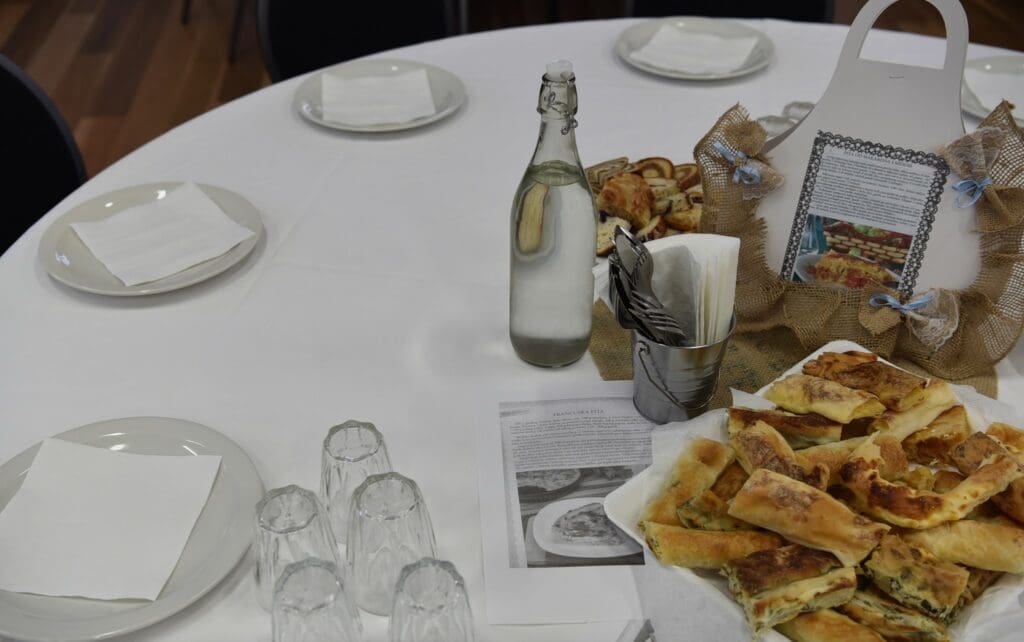



Whether it’s being hand-rolled in a Sarajevo kitchen or shared at a community pita party in suburban Melbourne, burek has transcended geography and politics. In Croatian communities across Australia, it’s not uncommon for families to gather for “plate-to-share” events where the center piece is, of course, burek and pite of all kinds.
Perhaps that’s what makes burek so special: no matter what you call it, or what it’s filled with, it brings people together.
So next time someone asks you: “Burek – cheese or meat?” just smile, take one of each, and join the party.
Still hungry? Try the next level: sirnica, zeljanica, or krompiruša. But whatever you do – don’t call it burek in Bosnia unless it’s got meat!


